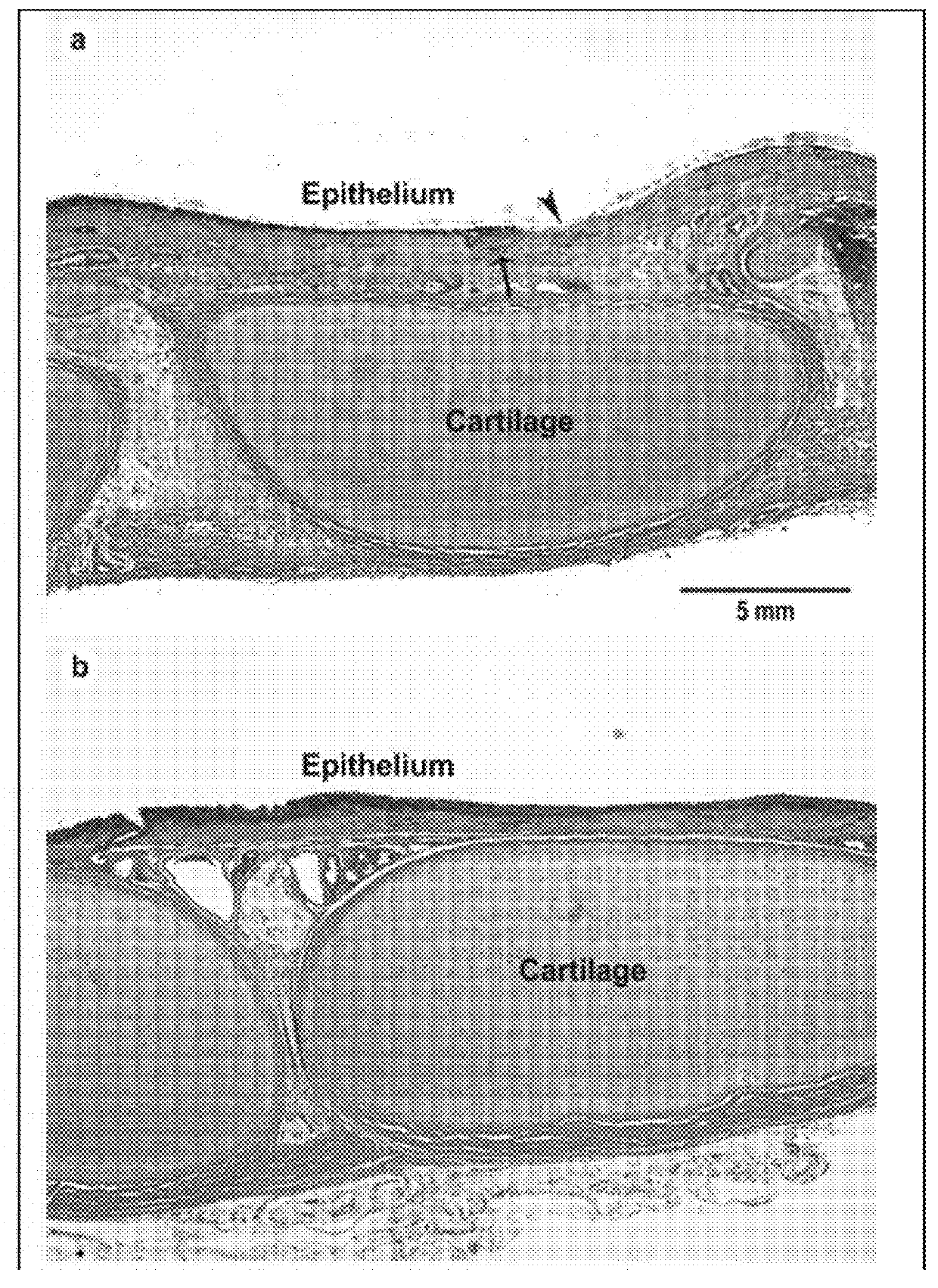Use of csa compounds to prevent microbial build-up or fouling of medical implants
a technology of csa compounds and medical implants, which is applied in the direction of biocide, prosthesis, catheters, etc., can solve the problems of unfit implants for their intended use and/or even dangerous to the subject, unfit unsuitable implants for further use, etc., to achieve the effect of preventing microbial colonization
- Summary
- Abstract
- Description
- Claims
- Application Information
AI Technical Summary
Benefits of technology
Problems solved by technology
Method used
Image
Examples
example 1
[0050]A silicone-based Foley catheter was coated with a hydrogel coating of approximately 10 μm in thickness. The coating included CSA-131. The coating was initially shown to maintain efficacy for about 6-7 days.
example 2
[0051]A silicone-based Foley catheter was formed using silicone mixed with an NDSA salt form of CSA-131. The silicone catheter was shown to maintain high efficacy for the first three weeks, with test data showing efficacy lasting for at least 3-4 months.
example 3
[0052]Pre-term lambs were intubated using endotracheal tubes (ETTs) including a coating having CSA-131. Tracheal mucosal integrity of the lambs was compared to the tracheal mucosal integrity of a control group (intubated with uncoated ETTs). The pre-term lambs intubated with coated ETTs showed markedly improved mucosal integrity compared to the pre-term lambs of the control group. FIG. 2 illustrates the histological appearance of tracheas of the premature lambs that were intubated for three days. Image (a) shows a trachea from a lamb intubated with an uncoated ETT. An area of denuded epithelium (arrowhead), and accumulation of white blood cells (arrow) are highlighted. Image (b) shows a trachea from a lamb intubated with an ETT coated with a CSA-131 containing coating. As shown, the epithelium is healthy and intact, and the subjacent connective tissue region is not inflamed.
PUM
| Property | Measurement | Unit |
|---|---|---|
| particle size | aaaaa | aaaaa |
| particle size | aaaaa | aaaaa |
| particle size | aaaaa | aaaaa |
Abstract
Description
Claims
Application Information
 Login to View More
Login to View More - R&D
- Intellectual Property
- Life Sciences
- Materials
- Tech Scout
- Unparalleled Data Quality
- Higher Quality Content
- 60% Fewer Hallucinations
Browse by: Latest US Patents, China's latest patents, Technical Efficacy Thesaurus, Application Domain, Technology Topic, Popular Technical Reports.
© 2025 PatSnap. All rights reserved.Legal|Privacy policy|Modern Slavery Act Transparency Statement|Sitemap|About US| Contact US: help@patsnap.com

